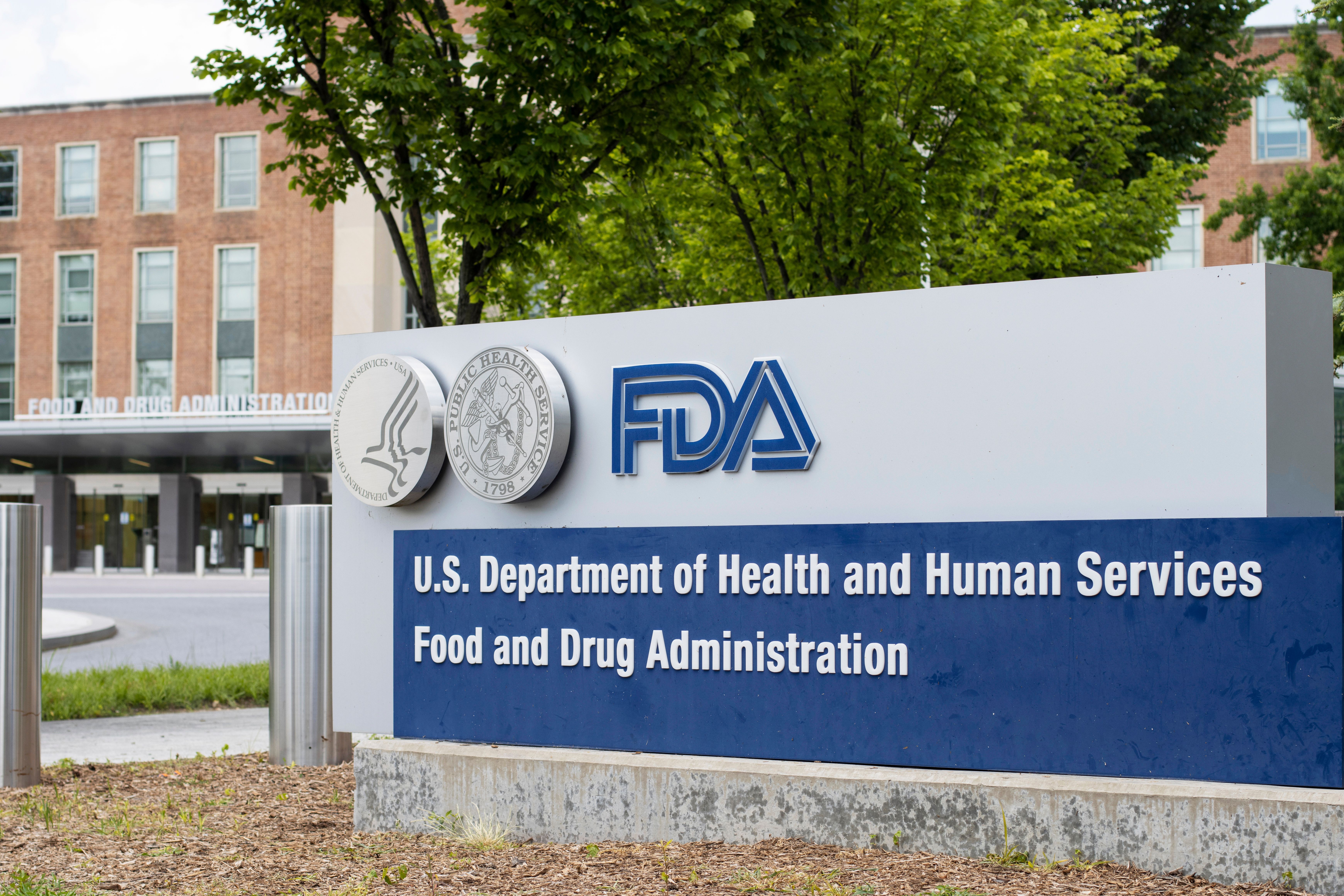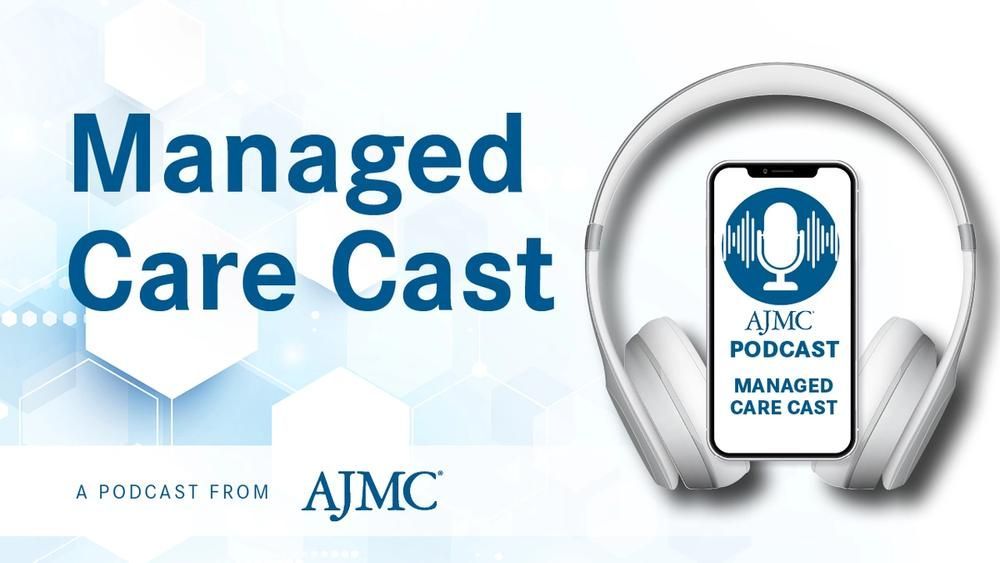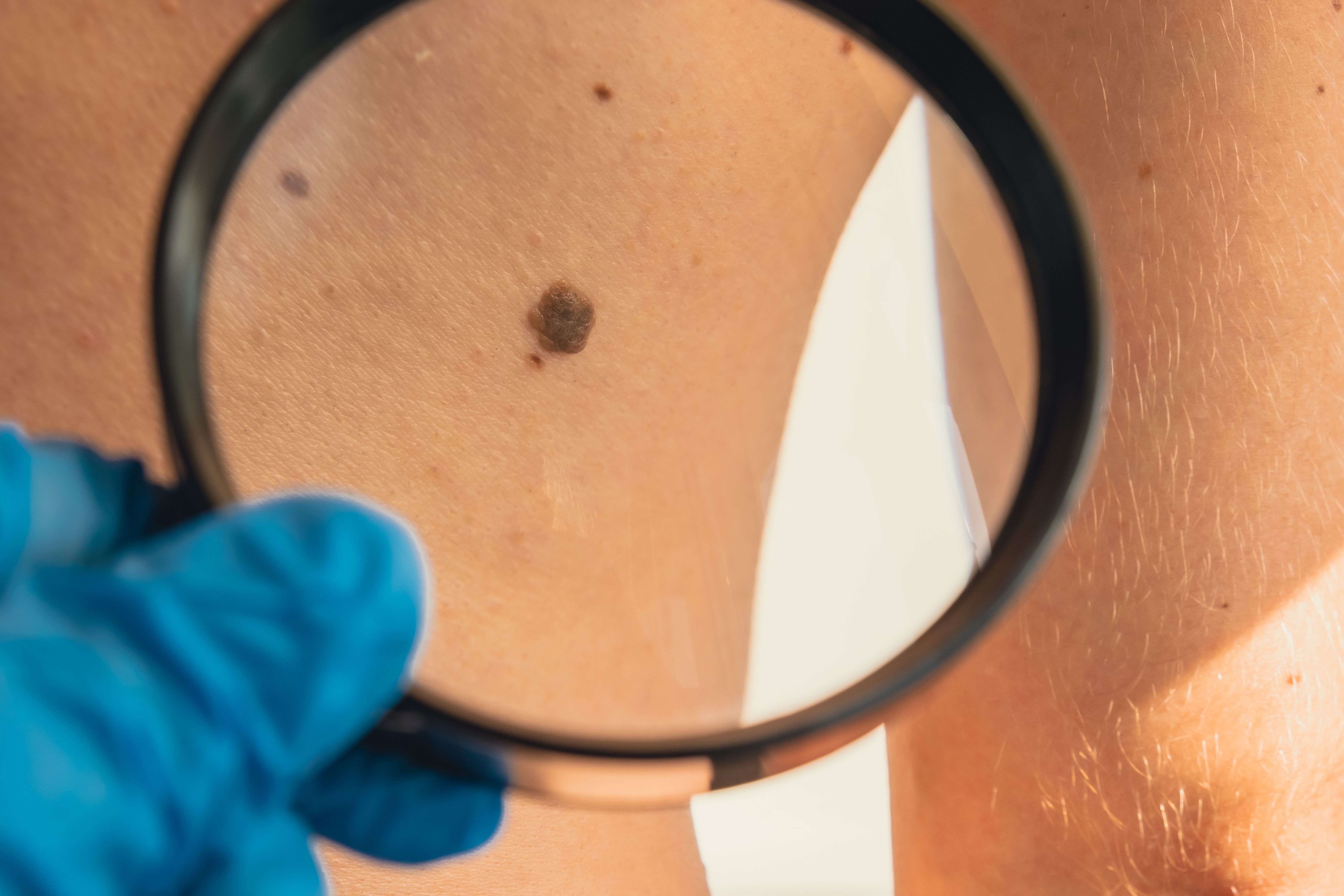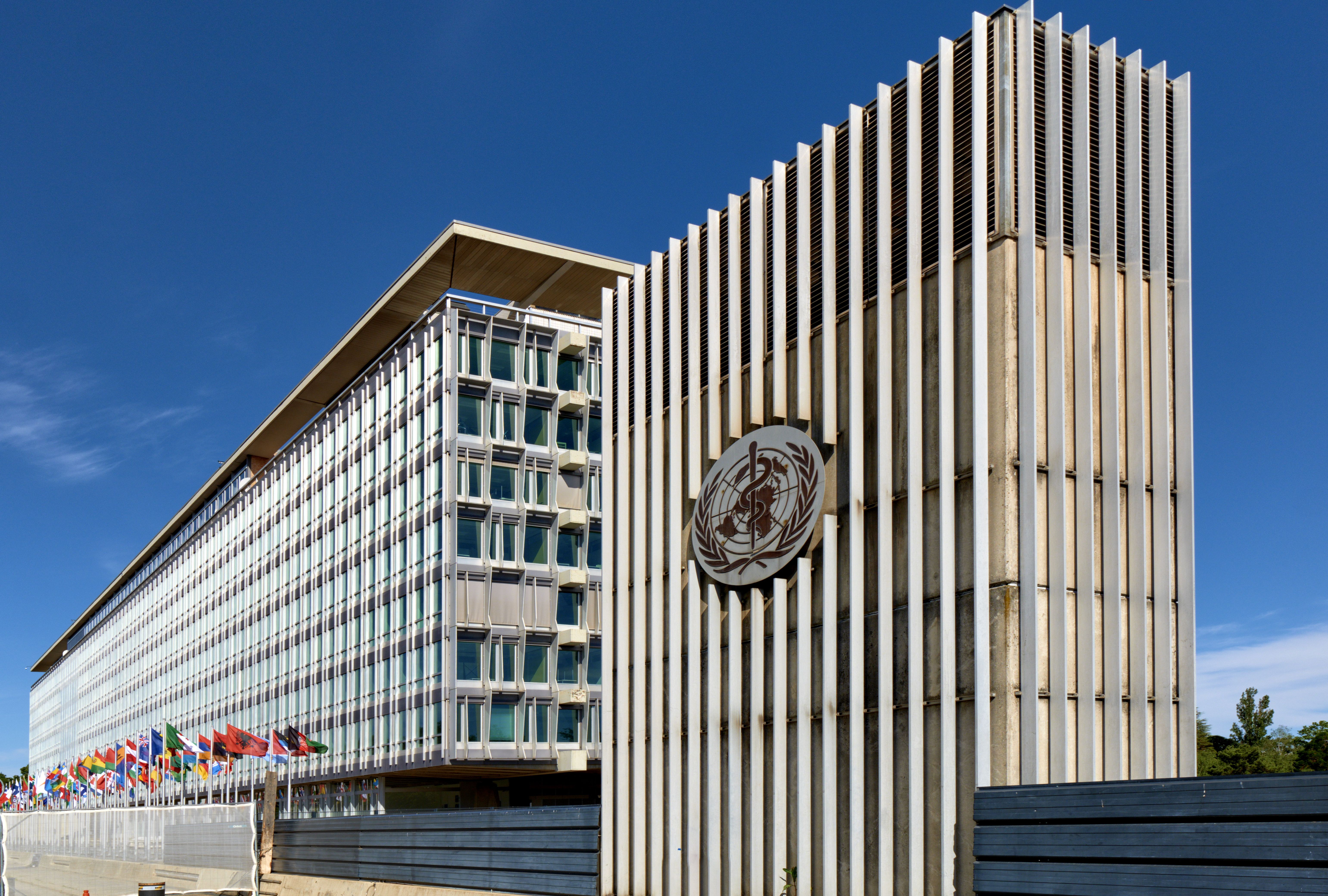Commentary
Video
COVID-19’s Role in Revolutionizing Remote Patient Monitoring
Author(s):
COVID-19 served as a major catalyst for the widespread adoption of remote patient monitoring, which helps to prevent hospitalizations, improve medication adherence, and enable early interventions by helping providers prioritize high-risk patients.
Five years after the start of the COVID-19 pandemic, Jason Bellet, cofounder and chief business officer of Eko Health, discusses remote patient monitoring, its rapid adoption during the public health crisis, and its lasting impact on health care.
Eko Health is a cardiovascular early detection and monitoring company that has modernized the traditional stethoscope by integrating smartphone compatibility and artificial intelligence. This tool helps clinicians identify early signs of heart disease, such as structural murmurs and atrial fibrillation, with greater diagnostic accuracy than human hearing alone.
This transcript has been lightly edited for clarity; captions were auto-generated.
Transcript
Can you start by explaining what remote patient monitoring is and what it involves?
At the end of the day, remote patient monitoring (RPM) is the ability for providers to stay on top of a patient's health status and well-being outside of an in-person visit. Whether that be the patient going home with a monitor, a physical device that they are capturing data from and then having the provider interpret, or more symptom-based tracking where they're asking patients to self-report how they're feeling, RPM covers both live, real-time consults from the patients at home, as well as chronic condition management that could be both synchronous or asynchronous.
It's a really broad category and includes both telehealth in the more traditional sense, where they're video conferencing and talking to patients, as well as the more passive monitoring of patients.
How did the COVID-19 pandemic accelerate the widespread adoption of remote patient monitoring?
Before COVID-19, I think the overall deployment and impact of telemedicine was just smaller. It was a single-digit percentage of visits; it was viewed as a little bit more of a niche market. I think systems were really trying to figure out, from an economic perspective, how to get reimbursed for it, and from a clinical perspective, how to make sure that providers have the right infrastructure and technology to provide high-level visits over a video call.
COVID-19, though devastating to the system and to the country, forced systems to really invest in the technical infrastructure needed to provide high-quality and higher-acuity virtual consults, whether that be clinic to clinic or even in patient homes, by equipping them with better tools and investing in the internet connectivity and the devices that patients needed to do a virtual visit.
It was a force function and accelerator for telemedicine in a way no one could have predicted. I think it will forever change how we deliver health care in this country for decades and generations to come.
Since its rapid expansion, what insights have we gained about the scalability and effectiveness of remote patient monitoring?
We've learned that remote patient monitoring is incredibly effective at keeping patients out of the hospital, both in terms of the accountability it provides in terms of medication adherence, in terms of having patients stay on top of their medical regimen, as well as the predictive abilities it gives systems and providers if a patient starts to decompensate.
I think what's so hard for health care professionals is in the traditional medical practice, they're able to see the patient, put their hands on them, and the patient walks out the door. A month, 2 or 3 months later, the next interaction with that patient may be them crashing into the ED [emergency department] with a heart failure exacerbation. The time between the initial visit and that ED crash is sort of a mystery. Maybe they stopped taking their medication, maybe their actual condition progressed in a way that was not foreseen.
What RPM does is it helps connect the dots between each visit and gives, in the same way we have a security monitor in an office building, looking at all the entrances and exits and security footage, making sure the building is safe.
Think about that as a care coordinator at a hospital system, they have hundreds and thousands of patients. RPM gives them the ability to risk stratify who, on any given day, is getting better, who's getting worse, and where they need to focus their time. Despite the fact that we have all this technology, the largest constrained resources that we have within health care are our providers and the amount of time they have in any given day.
If we can use these tools to focus their time on the sickest patients and intervene with a phone call or a home visit before that patient crashes in, it both saves a tremendous amount of money for the system and also improves outcomes.





